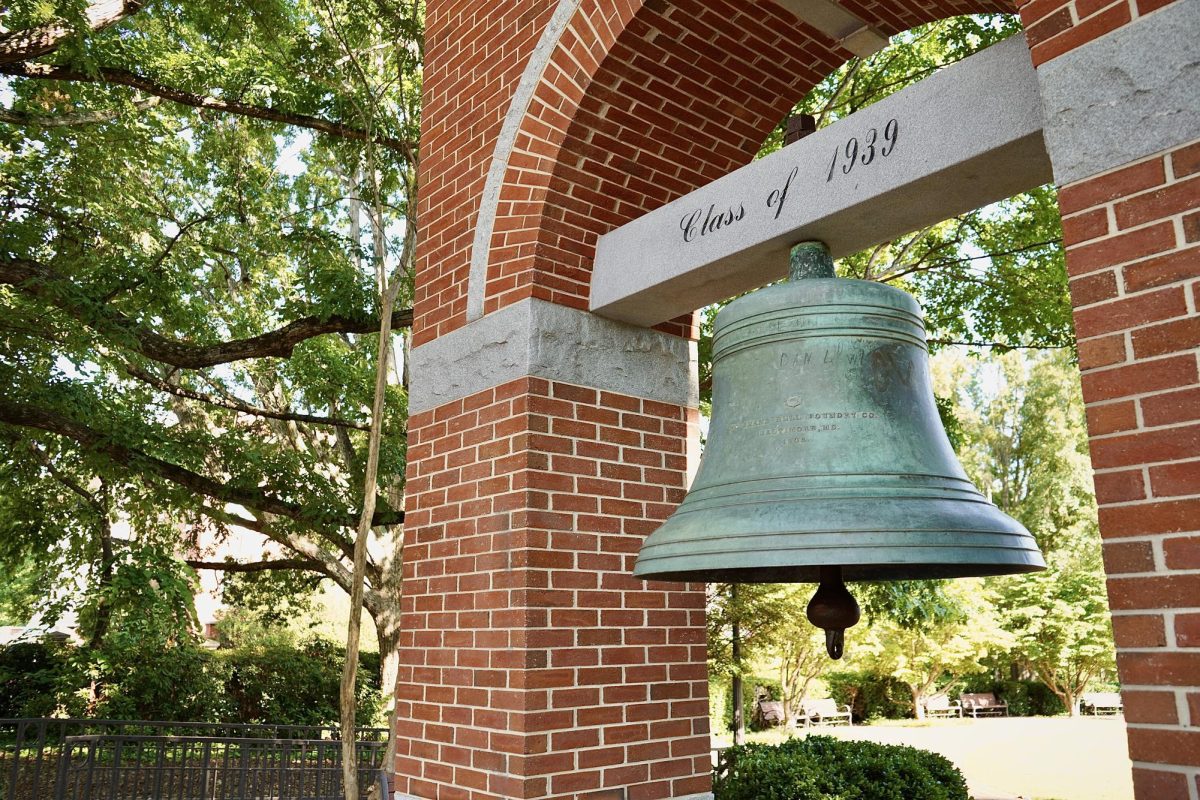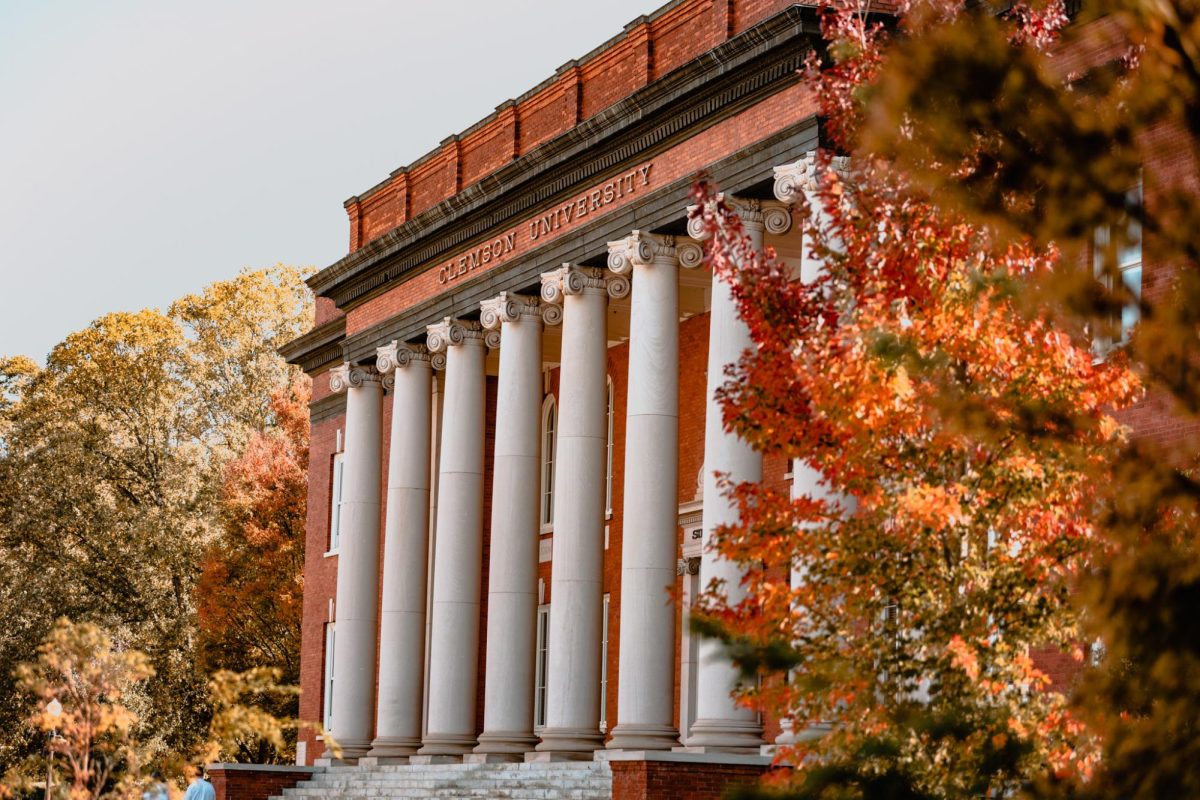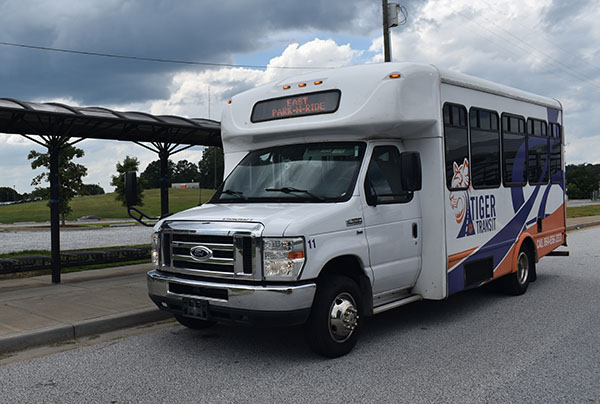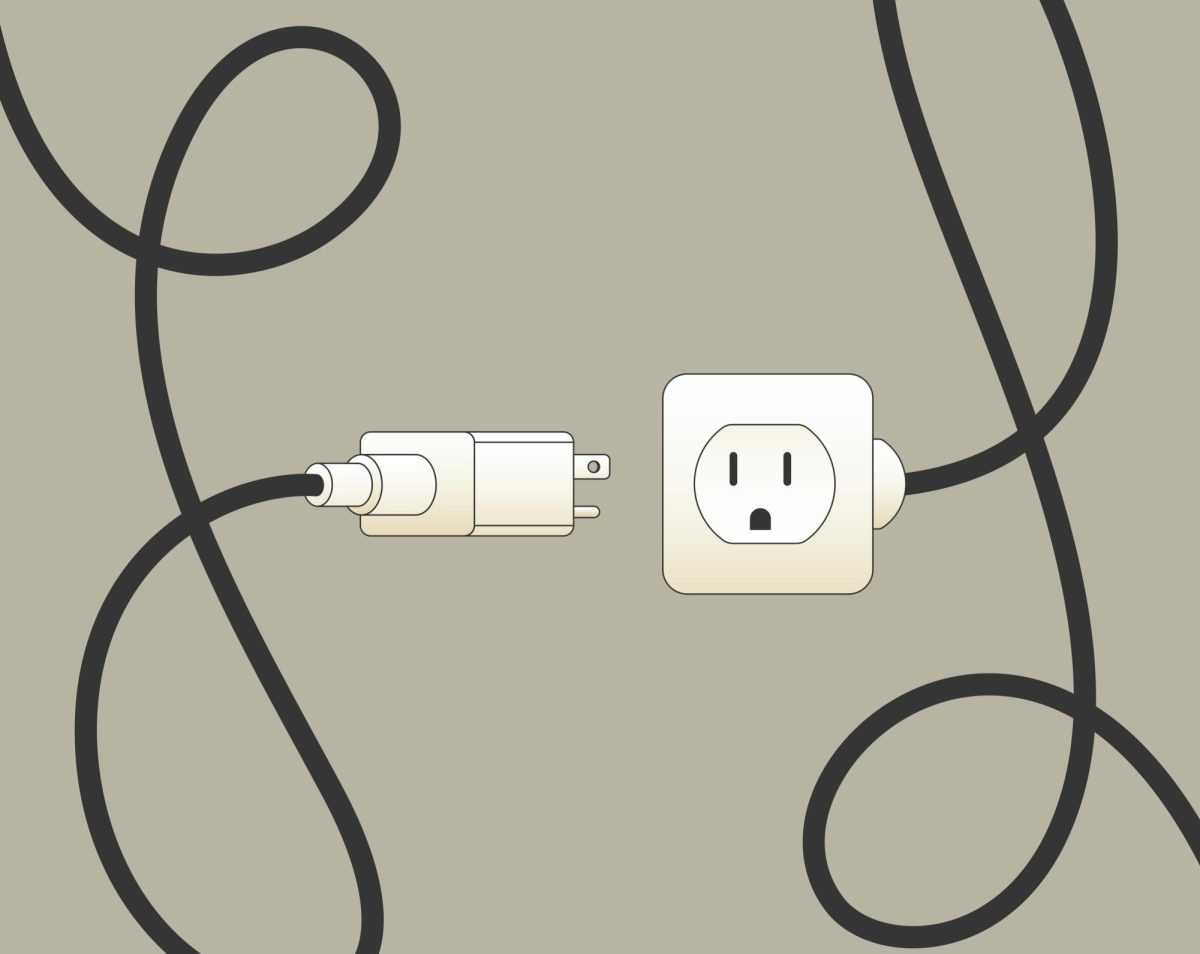Three weeks ago, Nobel Prize-winning economist Robert Shiller wrote an article entitled “The Transformation of the ‘American Dream,'” wherein he juxtaposed the present heralds of the hallowed phrase with those of the last century. Per his article, Ben Carson, the U.S. Secretary of Housing and Urban Development (HUD), is quoted as conflating the American Dream with homeownership in his June 9 speech: “I worry that millennials may have become a lost generation for homeownership, excluded from the American dream.”
In contrast with Secretary Carson’s assertion, Shiller references writer James Trustlow Adams’ 1931 book, “The Epic of America.”
According to Adams, the American Dream revolves around “a land in which life should be better and richer and fuller for every man, with opportunity for each according to his ability or achievement … in which each man and each woman shall be able to attain the fullest stature of which they are innately capable, and recognized by others for what they are.”
While homeownership may serve as an emblematic expression of the American Dream, Adams argues the heart of the phrase reigns deeper, existing as an impetus for every man and every woman to achieve according to their ultimate ability, whether financial, expressive, in identity, philosophy, religion, educationally or by metrics the individual deems fitting.
The underpinnings of the American Dream go back to the time of the colonies and have shown mutability in different eras of the country. Over the course of centuries, the concept of the American Dream tended to shift in weight between expression of materialism and democratic principles.
Captain John Smith expressed his genial idea of the American Dream in “A Description of New England” as follows:
“What so truly suits with honor and honesty, as the discovering things unknown? Erecting towns, peopling countries, informing the ignorant, reforming things unjust, teaching virtue; and gaining to our native mother country a kingdom to attend her, finding employment for those that are idle, because they know not what to do: so far from wronging any, as to cause posterity to remember thee; and remembering thee, to honor that remembrance with praise?”
Smith argued the new soils of America imbued an idea of opportunity in each individual. And perhaps the American Dream revolves around this opportunity; wherein anyone from any background can use the land stretching from ocean to ocean as their sandbox for the betterment of the individual, community, and society in the way he or she deem fitting. According to Smith, the ethos of the American Dream resided in the ability to explore, prosper materially, reform and learn.
The Dream progressed under the careful care of our third president, Thomas Jefferson. In his great quit of English citizenry, he held certain truths to be self-evident: “that all men are created equal; that they are endowed by their Creator with certain unalienable Rights, that among these are Life, Liberty and the pursuit of Happiness.”
Jefferson’s assertions contributed to the Dream in an idealistic sense. Departing from Smith’s practical view, Jefferson charged every man, woman, and child in America with the same three fundamental rights and in corollary established the country’s democratic principles.
Our first postmaster general, Benjamin Franklin, extolled the values of materialism in his Poor Richard writings. From “The Way to Wealth,” he writes: “Sloth makes all things difficult, but industry all easy, as Poor Richard says; and he that riseth late must trot all day, and shall scarce overtake his business at night; while laziness travels so slowly, that poverty soon overtakes him, as we read in Poor Richard, who adds, drive thy business, let not that drive thee, and early to bed, and early to rise, makes a man healthy, wealthy and wise.”
Presumably on the foundation of democratic ideals, Franklin argued the way to exceptionalism exists in industry. And through industry one can accumulate wealth and through wealth can the individual live a prosperous life. The gilded path to success remains evident and accessible to the entire citizenry; no vast institution, great individual or oppressive group can usurp the power of the individual’s toils and determination.
The concepts of democratic ideals continued to develop during the Transcendentalist period under Thoreau and Emerson. Each pushed the boundaries of individualism, the duty of a citizen in a democratic society, and questions natural order. And following their philosophical expositions, the pendulum swung back towards materialism with the advent of the industrial revolution. The sinusoidal purview of the American dream now reaches Shiller’s exposition.
And, as we now sit at a pivotal time in our nation’s history, we must ask ourselves: what is the American Dream?
Categories:
Understanding the American Dream
Elijah Gregory, Outlook Editor
August 28, 2017
0
Donate to The Tiger
Your donation will support the student journalists of Clemson University. Your contribution will allow us to purchase equipment and cover our annual website hosting costs.
More to Discover








